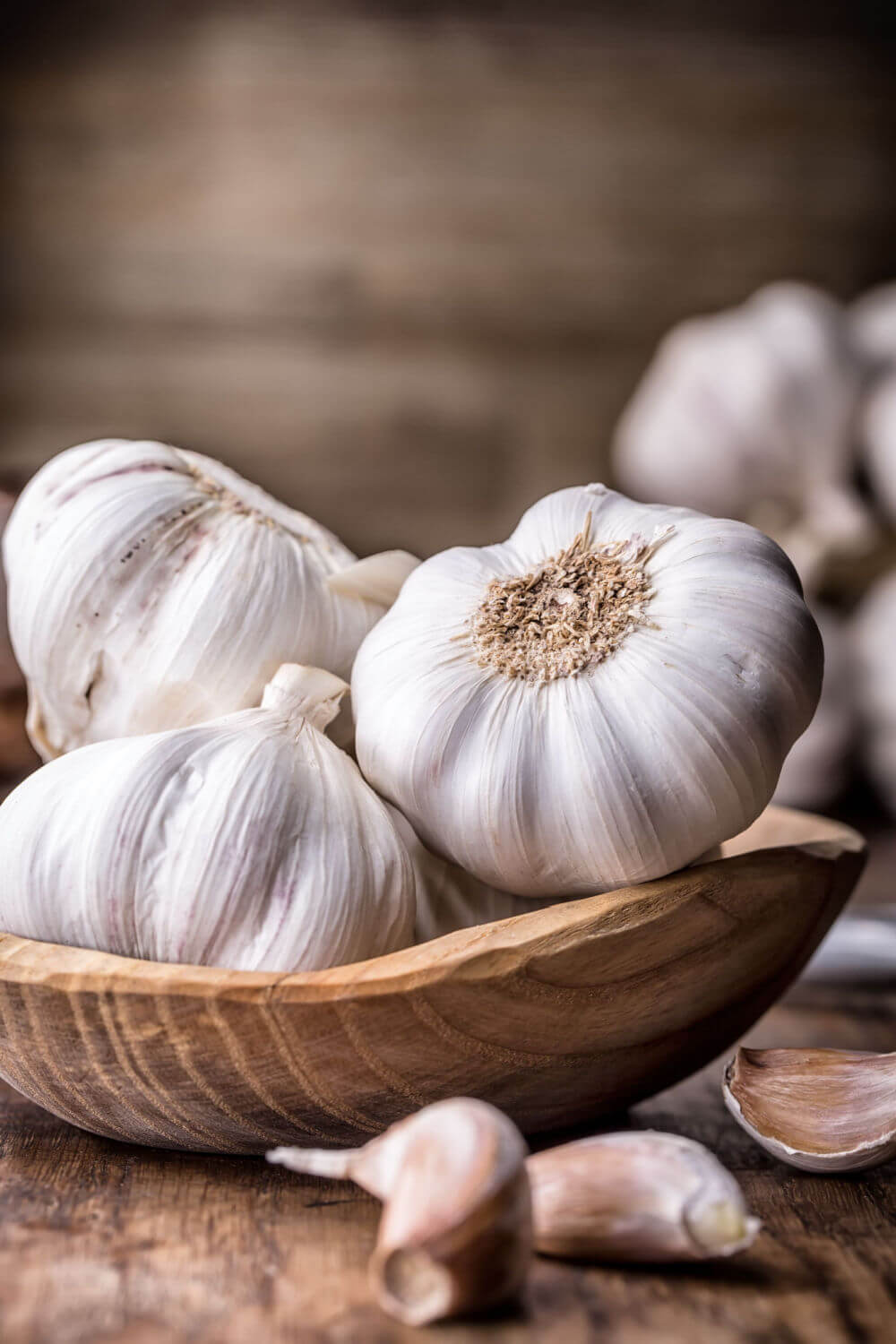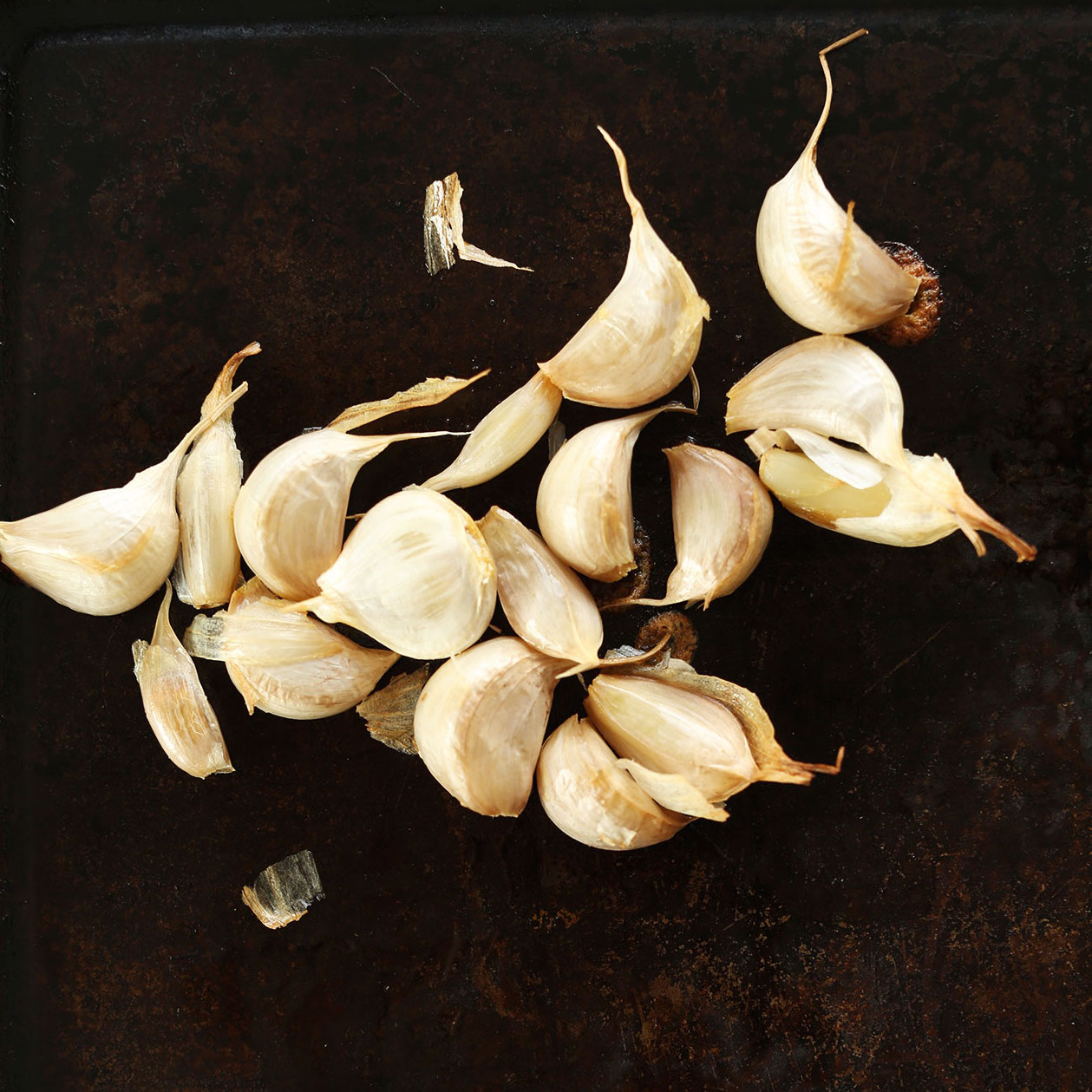Discover the One-of-a-kind Flavor of Australian Garlic for Your Dishes
Discover the One-of-a-kind Flavor of Australian Garlic for Your Dishes
Blog Article
A Comprehensive Overview to Expanding Garlic in your house Garden for Year-Round Harvests
Garlic, a functional and flavorful addition to numerous meals, is a staple in several kitchens. Nevertheless, growing your very own garlic in the house can not just provide you with a year-round supply however additionally provide a feeling of contentment in growing your own food. From selecting the best garlic ranges to the careful treatment needed for effective growth, each step in the procedure adds to a bountiful harvest. Picture the comfort of stepping into your garden to tweeze fresh garlic whenever a dish requires it, knowing that it was nurtured and grown by your very own hands. This extensive guide will certainly stroll you with the important steps to expand garlic effectively in your home yard, ensuring a constant supply of this cooking vital throughout the year.
Choosing the Right Garlic Varieties
When choosing garlic selections for your home yard, it is necessary to consider variables such as local environment and desired taste profiles. The kind of garlic you select can dramatically impact the success of your harvest and the preference of your dishes.
Hardneck garlic ranges, such as Rocambole and Porcelain, are fit to chillier environments, as they require a duration of vernalization to produce light bulbs effectively. Softneck garlic, like Artichoke and Silverskin, prospers in milder climates and has a tendency to have a much longer service life contrasted to hardneck selections.
Think about the taste profile you choose when picking garlic varieties - Australian Garlic. Rocambole garlic is understood for its facility, abundant taste, while Artichoke garlic provides a milder taste that is well-suited for a vast array of culinary applications

Preparing the Growing Website
Selecting the appropriate garlic ranges lays the foundation for an effective harvest; currently, attention transforms to the necessary step of preparing the growing site. Prior to planting garlic, it is essential to pick a well-drained site with fertile, fertile soil.
Think about enhancing the soil with compost or well-rotted manure to provide necessary nutrients for the garlic plants. A soil pH degree varying from 6.0 to 7.0 is optimal for garlic farming. Integrate a well balanced fertilizer right into the dirt according to the producer's guidelines to even more boost the nutrient material.
As soon as the planting site is adequately prepared, you are prepared to wage planting the garlic cloves, setting the phase for a bountiful harvest in the seasons ahead.
Planting Garlic Cloves
To guarantee successful growing of garlic, appropriate planting of garlic cloves is necessary in developing a solid structure for healthy and balanced development and an abundant harvest. When growing garlic cloves, it is vital to pick high-grade, healthsome light bulbs for the ideal outcomes.
Garlic grows in complete sunlight, so make sure the growing site receives a minimum of 6-8 hours of direct sunshine daily. In addition, it is vital to give regular dampness to the garlic bed, specifically throughout the preliminary stages of growth. Mulching the area can help retain dirt dampness and subdue weed growth. By complying with these planting guidelines, you can establish the stage for an effective garlic harvest.

Caring for Expanding Garlic Plant Kingdoms
Upon successful directory growing of garlic cloves, attentive look after expanding garlic plants is critical for making certain optimal advancement and an abundant harvest. Watering is essential for garlic plants, especially throughout completely dry periods. Constant dampness levels are crucial, however garlic does not grow in waterlogged dirt. It is vital to strike an equilibrium by ensuring the soil is damp yet well-drained.
Weeding is one check more important aspect of looking after growing garlic plants. Weeds complete with garlic for nutrients and can hinder its growth. Routinely removing weeds by hand or using compost can help maintain a healthy setting for garlic to grow.
Feeding is recommended to support the development of garlic plants. Using a balanced fertilizer throughout the growing season can provide the essential nutrients for durable advancement. However, it is essential not to over-fertilize, as this can bring about concerns such as extreme foliage development at the cost of light bulb development.
Last but not least, checking garlic plants for any type of signs of bugs or illness is vital. Resolving any type of issues without delay can avoid them from spreading out and damaging the plant. By complying with these treatment methods, you can help your garlic plants prosper and achieve an effective harvest.
Harvesting and Storing Your Garlic Bounty
Garlic bulbs must be ready for harvest when the reduced leaves begin to transform yellow and wither, typically around mid-summer to early fall, depending on the range and planting time. To gather garlic, meticulously loosen the dirt around the bulbs with a yard fork to avoid damaging them.
After healing, trim the roots and reduce back the stalks to concerning an inch above the bulb. Store the garlic light bulbs in an awesome, completely dry area with great air blood circulation to avoid growing. Properly kept garlic can last for a number of months, providing you with a you could try these out fresh supply up until the next harvest season. Comply with these actions to appreciate your homegrown garlic in different cooking thrills throughout the year.
Conclusion
To conclude, growing garlic in your home yard can provide year-round harvests with the appropriate option of ranges, appropriate preparation of the planting website, and conscientious take care of the growing plants. By following these steps, you can appreciate a bountiful harvest of garlic cloves that can be saved for future usage. With dedication and perseverance, you can effectively grow garlic in your yard and delight in the flavorful advantages it brings to your food preparation.
Report this page